With the cost of college in the United States rising year over year, many students choose to get an associate’s degree or transfer equivalent education at a community college to save on tuition.
But this choice also means those students miss out on at least two years at university, prompting many to wonder if they are, in a sense, “missing out” on the full college experience.
For me, the choice was easy. I wasn’t sure what I wanted to study, but I knew I wanted to stay close to home, and Diablo Valley College was my most affordable option to obtain a higher education. Then, as I watched my friends go off to their four-year universities, fear of missing out (fomo) overwhelmed me, and I began to question if I had made the right choice.
Now I’m in my second and final year at DVC, and I still can’t shake the thought that I made the wrong choice and missed out on the memorable experiences found at traditional four-year schools. So I turned to some of my current and former DVC peers, some of whom are now at universities, to get their perspectives.
DVC business student Johnny Baptista will be graduating this spring after briefly attending the University of Minnesota for a semester during his freshman year. “Ultimately, I chose to leave the university due to rising costs,” he said, “so I made the decision to return home and complete my associate degree at DVC.”
The average cost of a four-year University in California for residents is approximately $7,000 per year, and about $19,000 for California residents who choose to go to an out-of-state school. In Baptista’s case, he benefited from the California Promise grant, which provides two years of free tuition to California high school graduates who are accepted at any of California’s 115 community colleges.
Still, he said, there are different costs, like the social and psychological factors of attending community college versus a university.
“The most significant difference between DVC and the university is in the campus environment,” he explained. “At a four-year school, most students live on or near campus, which naturally builds a stronger sense of community. There’s a feeling that everyone is in it together.”
By contrast, “at a community college, it’s often more of a solo journey; students come and go, balancing school with work and personal responsibilities largely away from school.”
“If I could go back, I would still choose to attend the university,” he added. “The people I met, the professors I learned from, and the experience of living in the dorms created memories and growth that can’t easily be replicated by transferring in as a third-year student.”
But not all transfer students feel the same. Former DVC student John Curran, who will be graduating from UC Berkeley this spring, said the opportunities at community college—and what a person can get from the experience—depends on the individual.
“I feel like DVC is as social as a person wants to make it,” Curran said. “If people do not make an effort to be social, it can be hard to develop a social life at community college.”
DVC is among the top community college feeder schools in the state, with an 81 percent acceptance rate for transfer students to UC schools, compared to a 76 percent acceptance rate among other California community colleges, according to the San Francisco Chronicle.
It is also among the larger ones, with a student body population of approximately 22,000. In comparison, the average California community college has 8,500 students.
Julian Scherman, 22, a junior sociology major at UC Santa Barbara, said he gained a lot by going the community college route.
“My grades in high school were poor, and I wanted to play collegiate baseball,” Scherman said, “so I attended DVC for three years.”
Last month, before spring break, I remember sitting in my multimedia reporting class when my professor asked, “What are your guys’ plans for spring break?” No one spoke up or made a move, with the implicit understanding that we were all staying home.
Meanwhile, scrolling through social media, I saw the majority of my feed filled with college kids enjoying spring break on vacation, traveling in big groups from their four-year universities. The contrast was hard to swallow.
However, reassurance from some of my former DVC colleagues who made the jump to university helped relax my fomo anxiety.
“I had plenty of fun in junior college, and once I got to Berkeley, I had time to have fun there as well,” said Curran. “I believe I got the college experience, and I would not change a thing about the route that I took to get where I did.”
In the end, the low cost of tuition may be what drives many students like myself to attend community college for the first two years, before heading on in their academic or professional journey. And ultimately, that experience is whatever people choose to make it.
“I believe DVC set me up with the opportunity to get into a great four-year college that I would not have gotten into out of high school,” Scherman said in appreciation of the years he spent here on campus, and “ this led me to having a great college experience.”




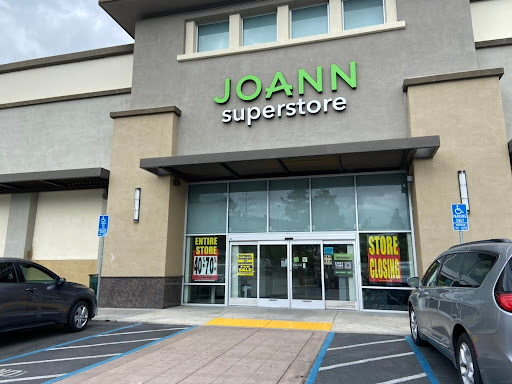

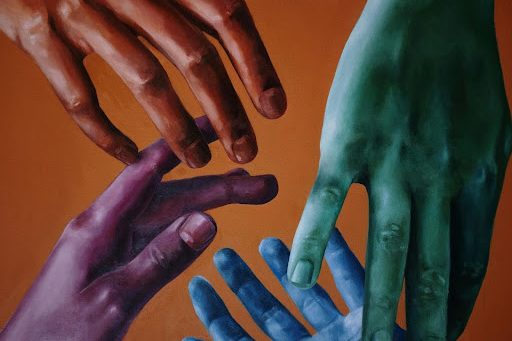
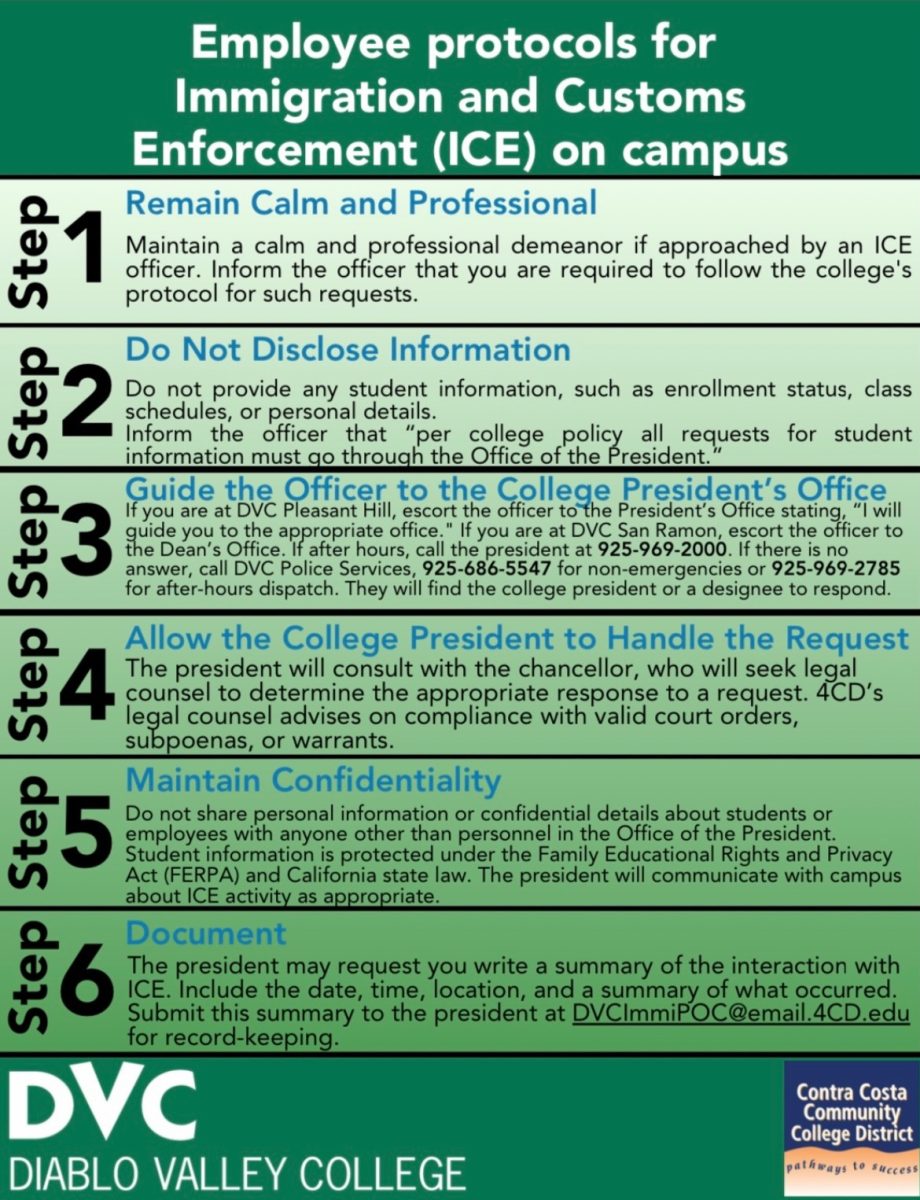
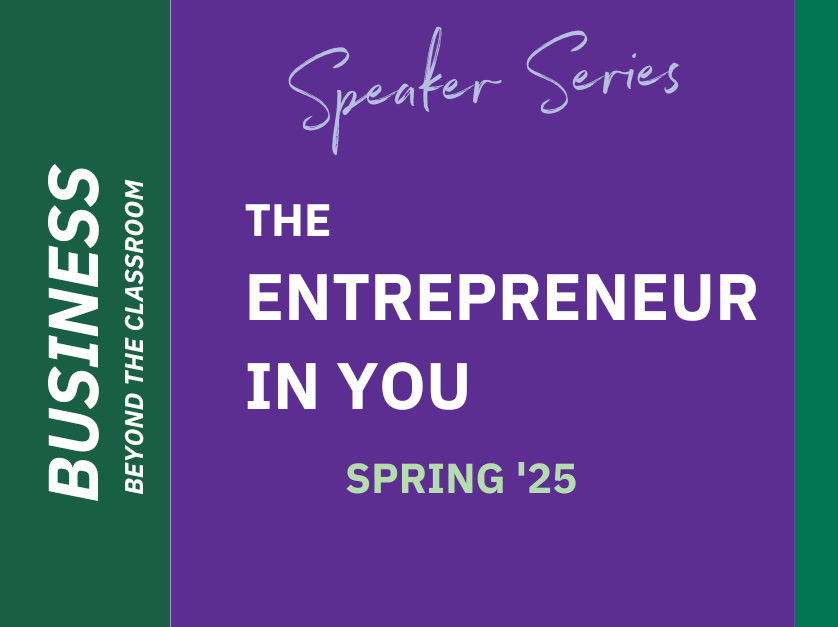

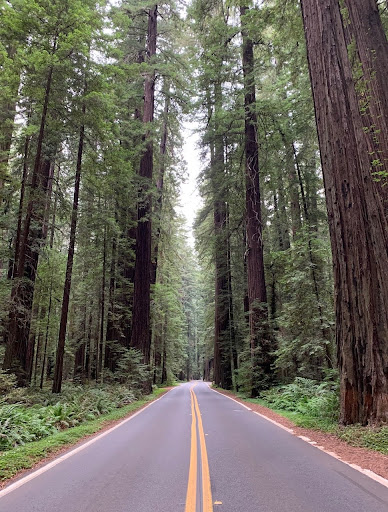


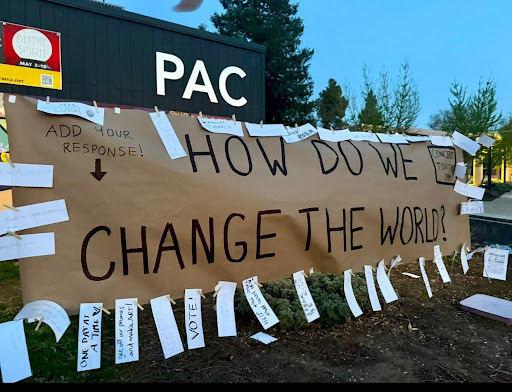
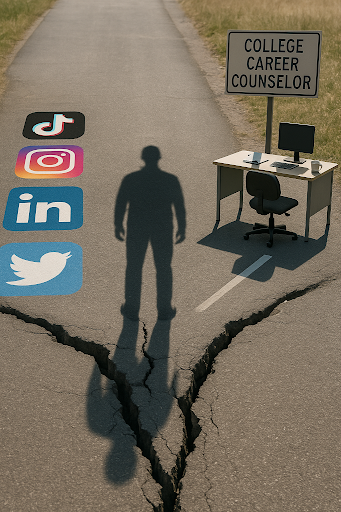

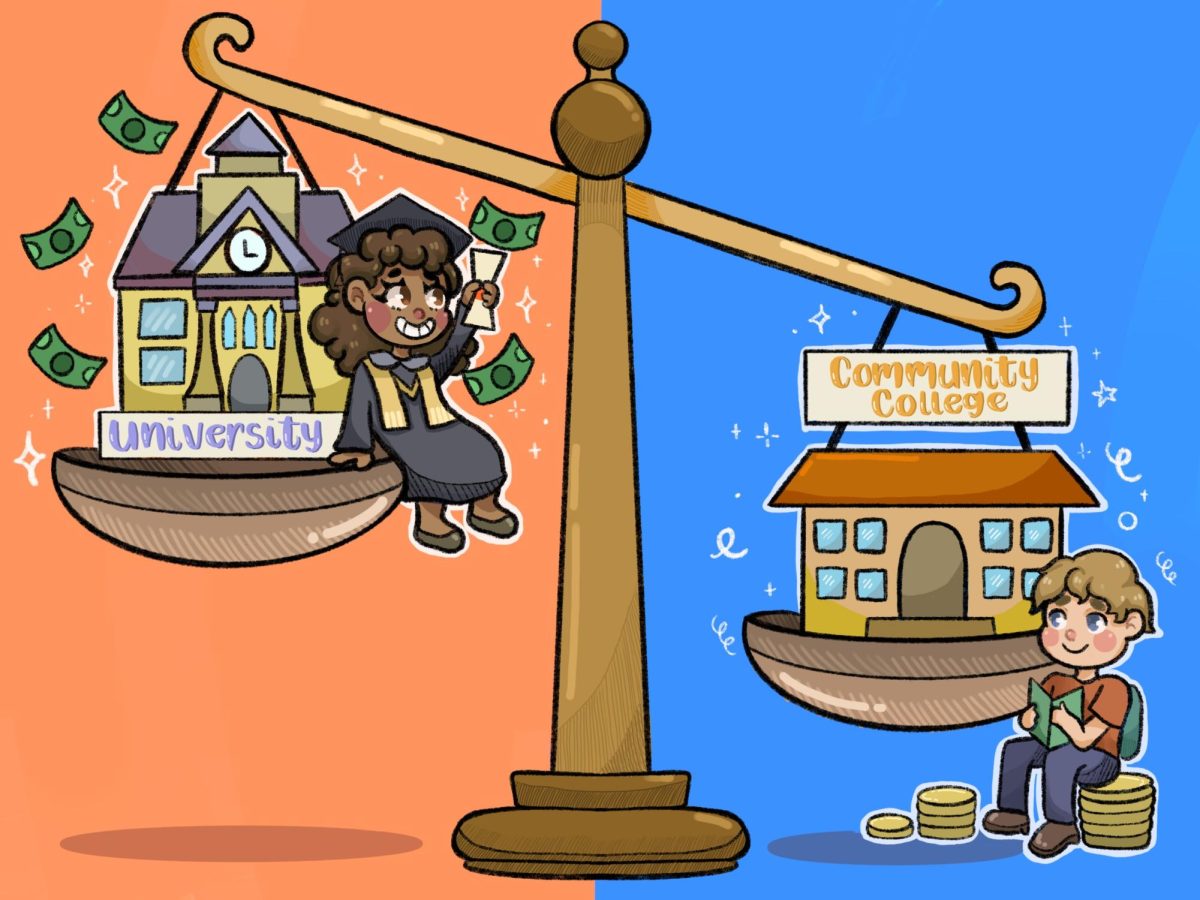


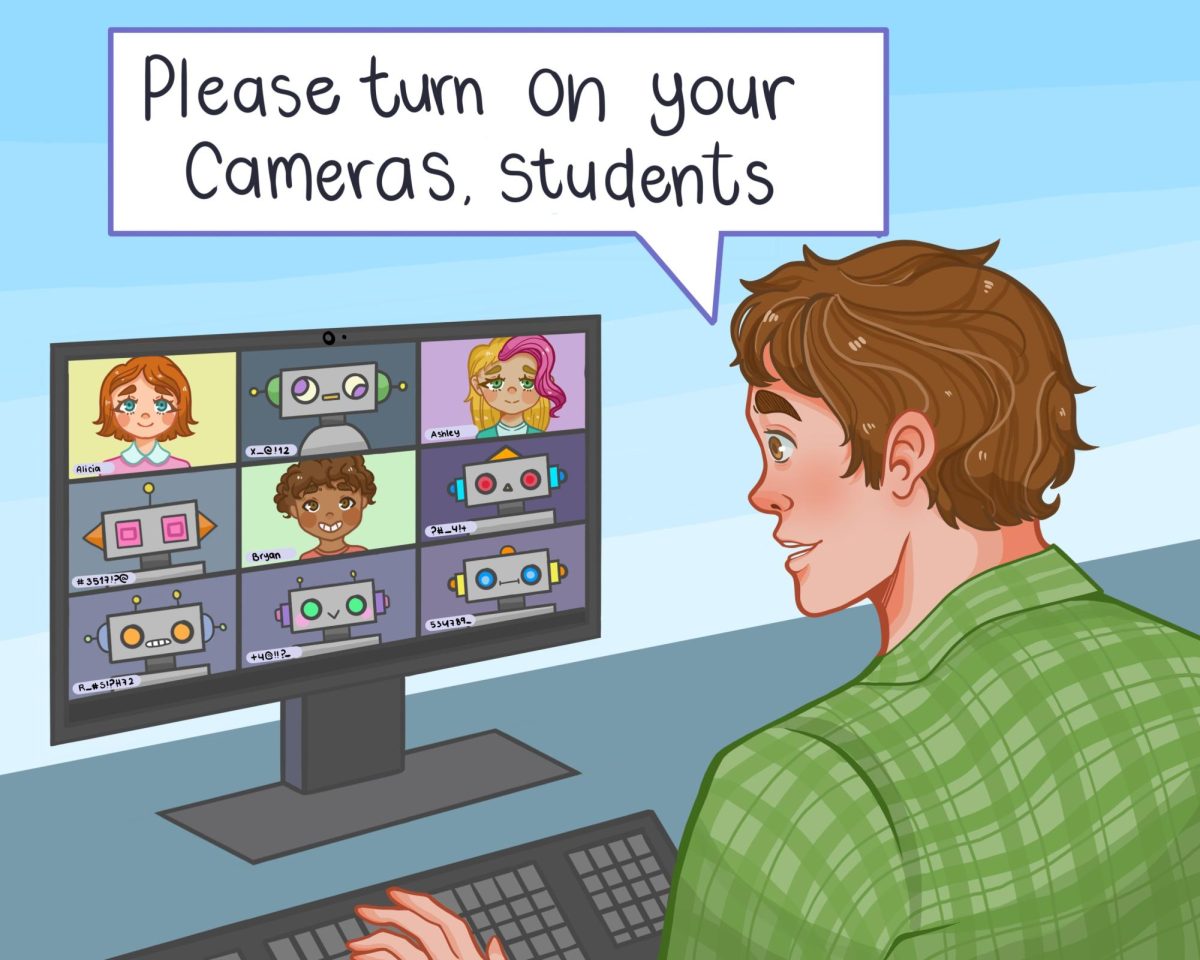
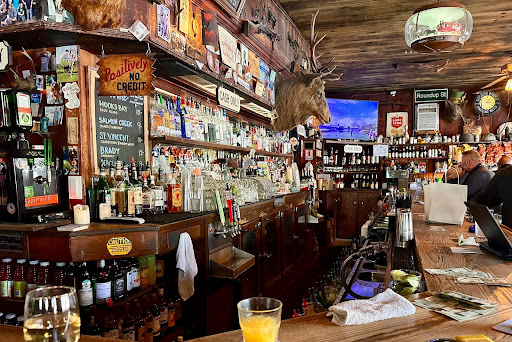

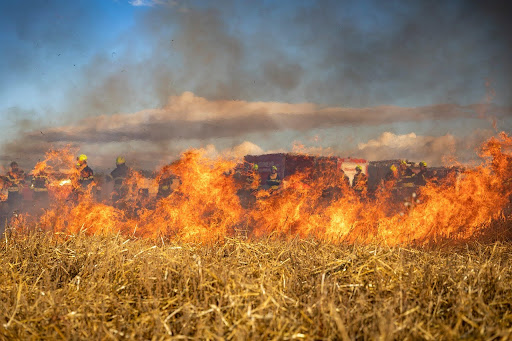
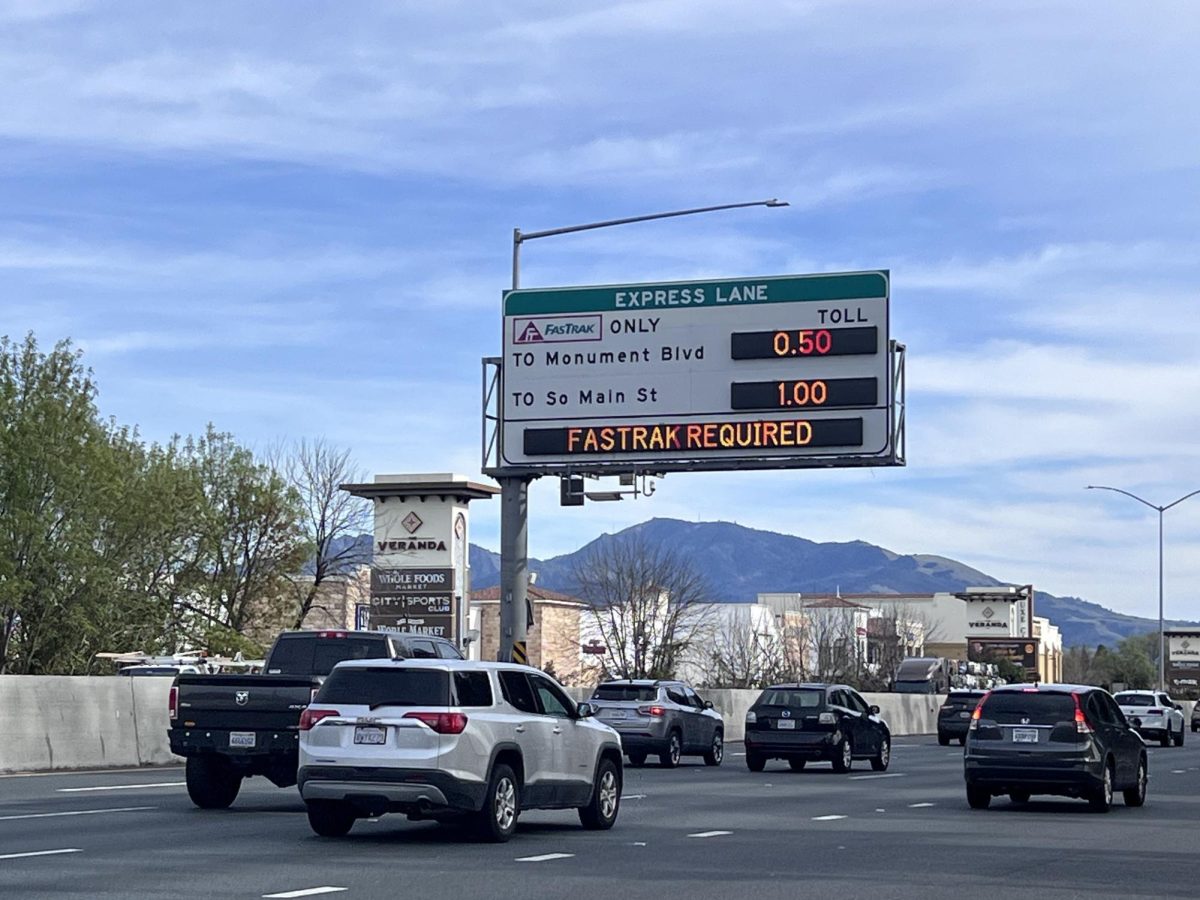







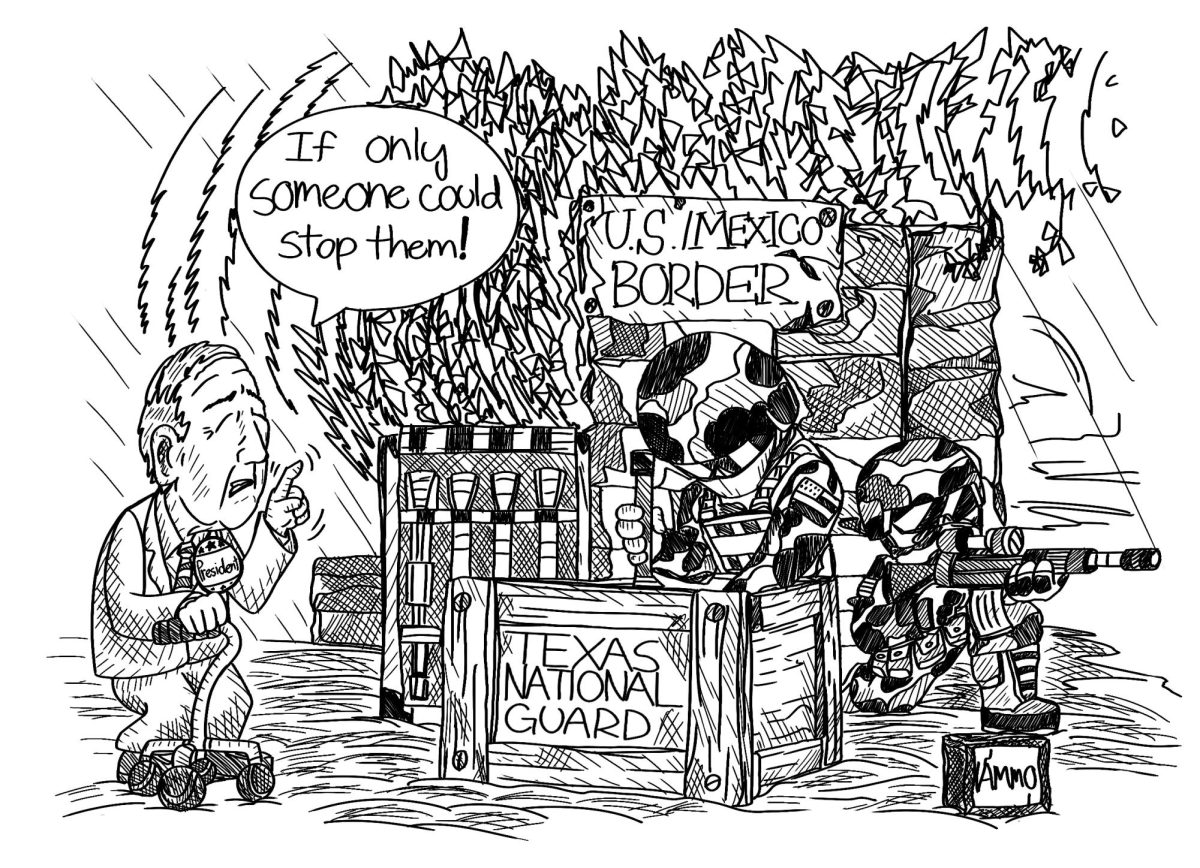
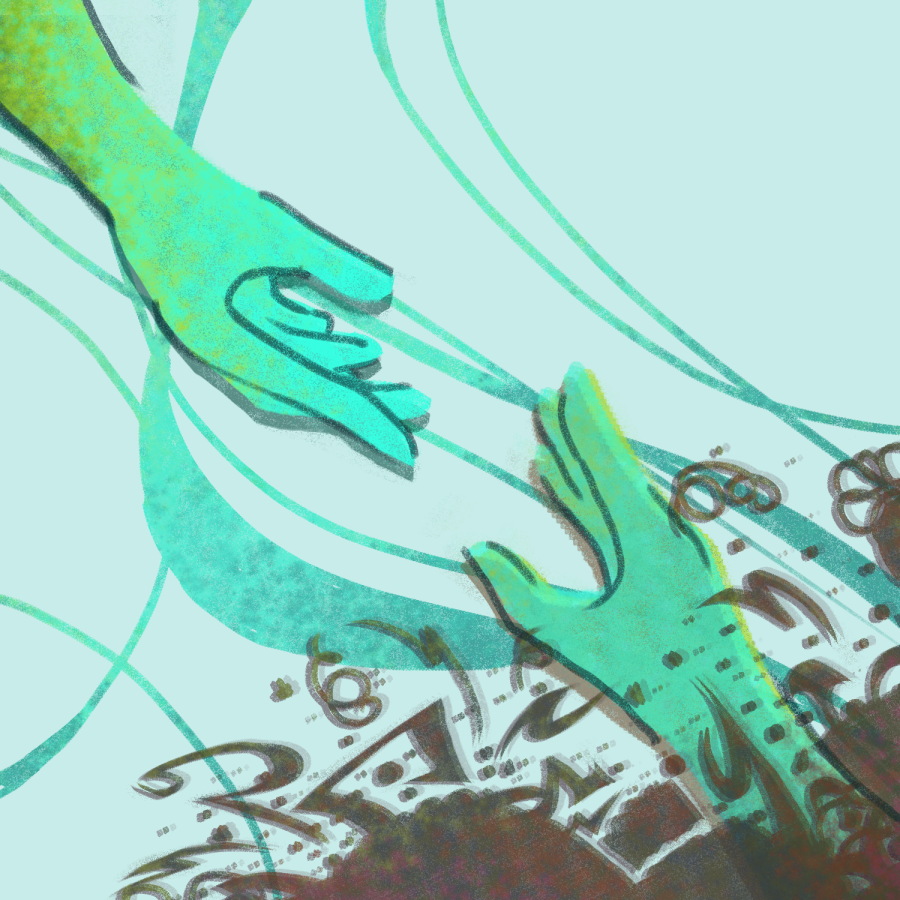



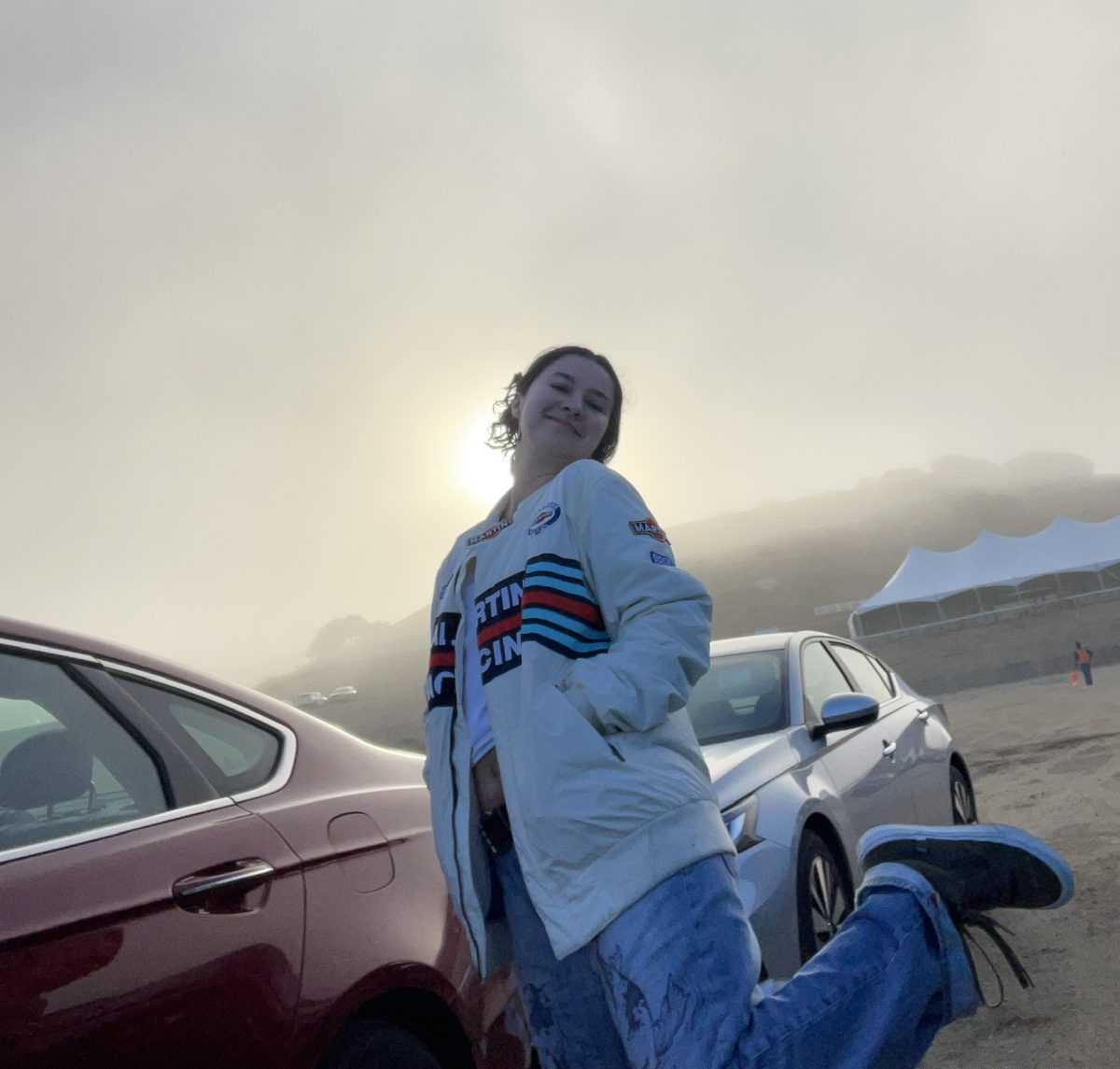
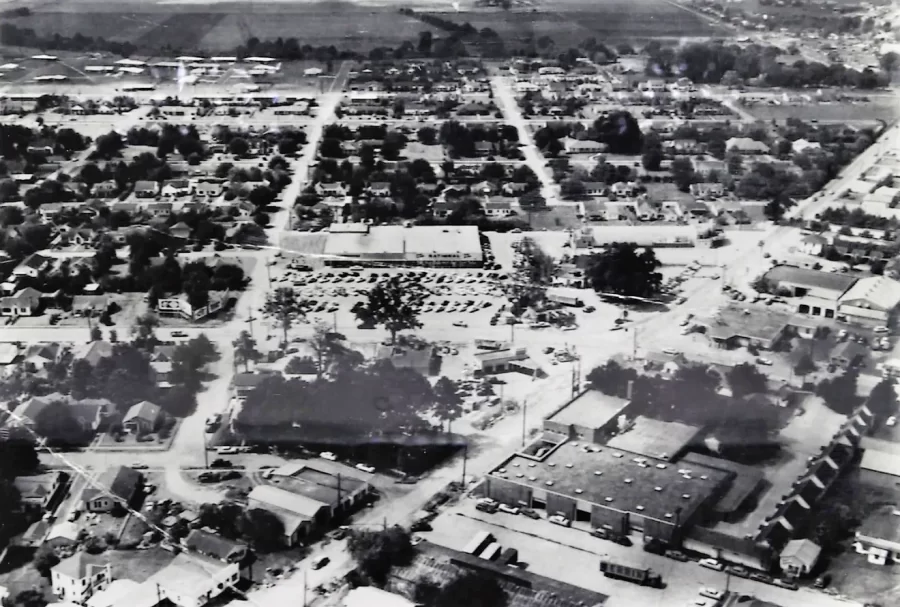


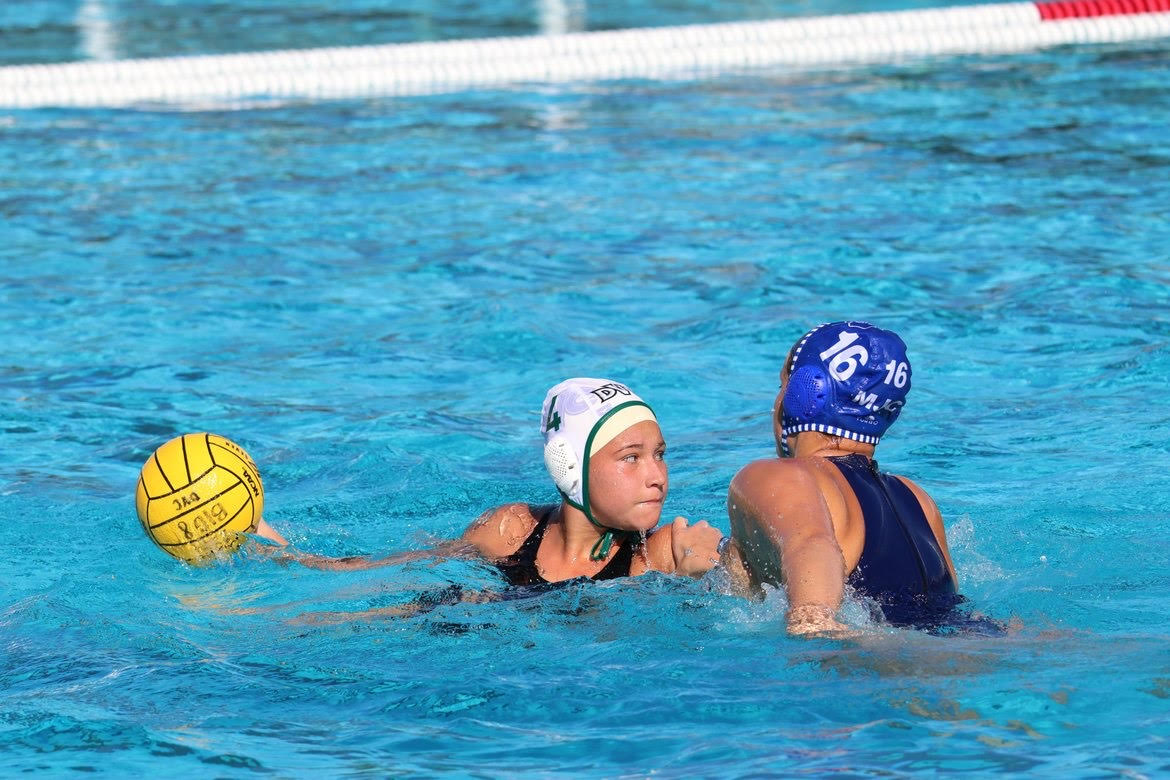
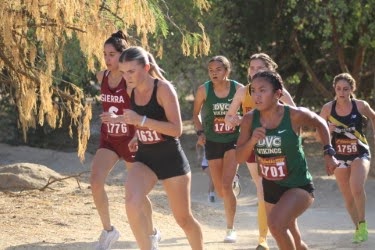
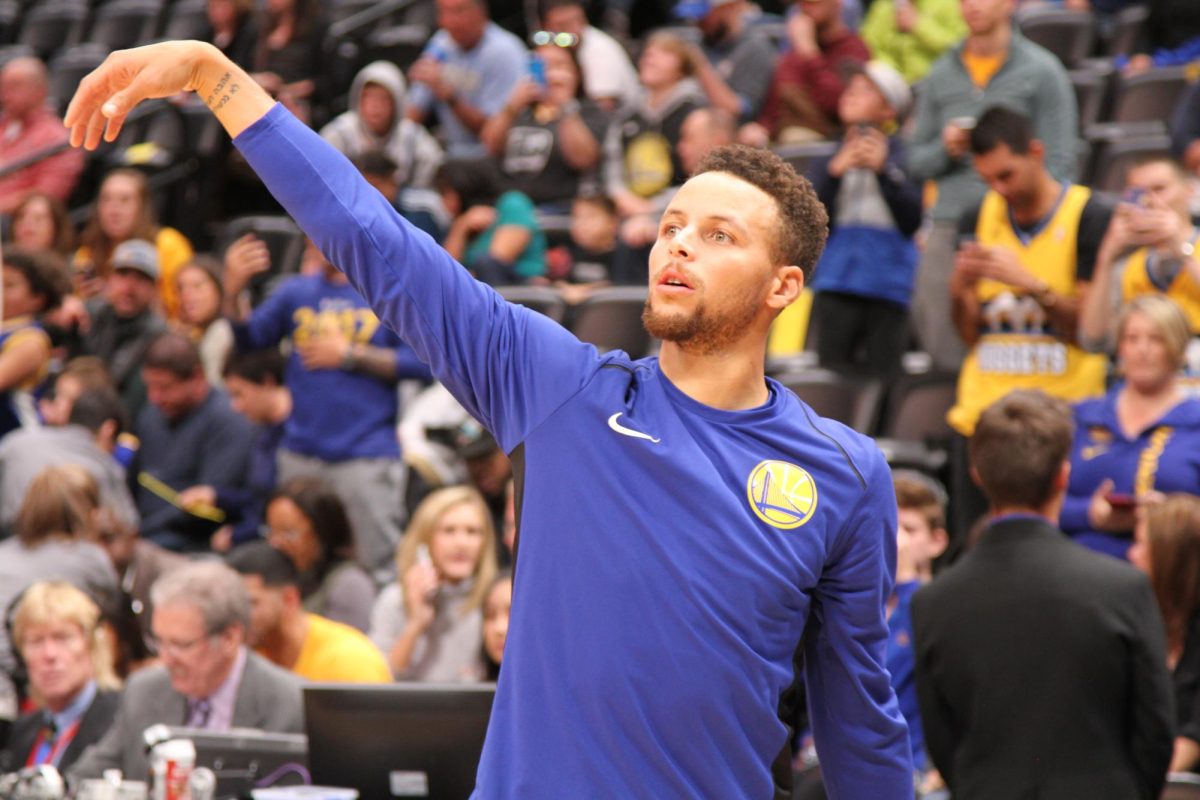
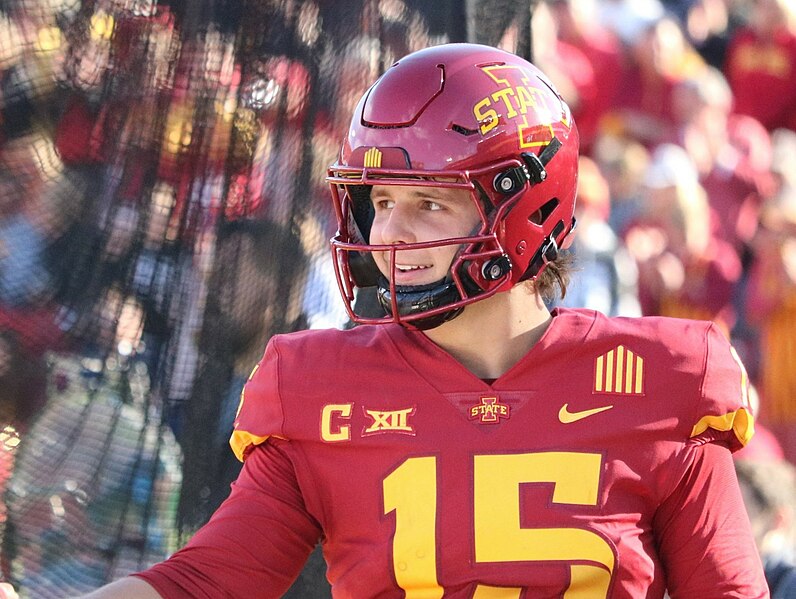

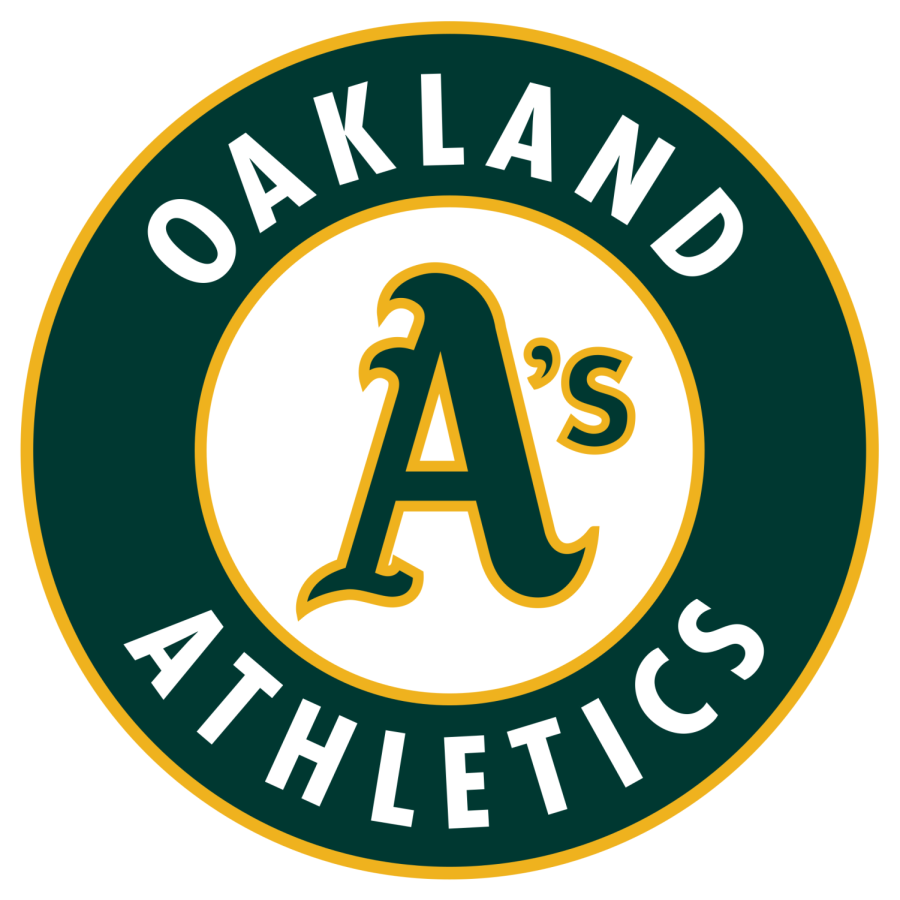
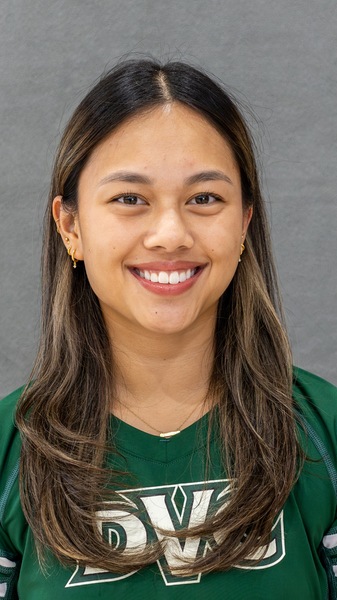
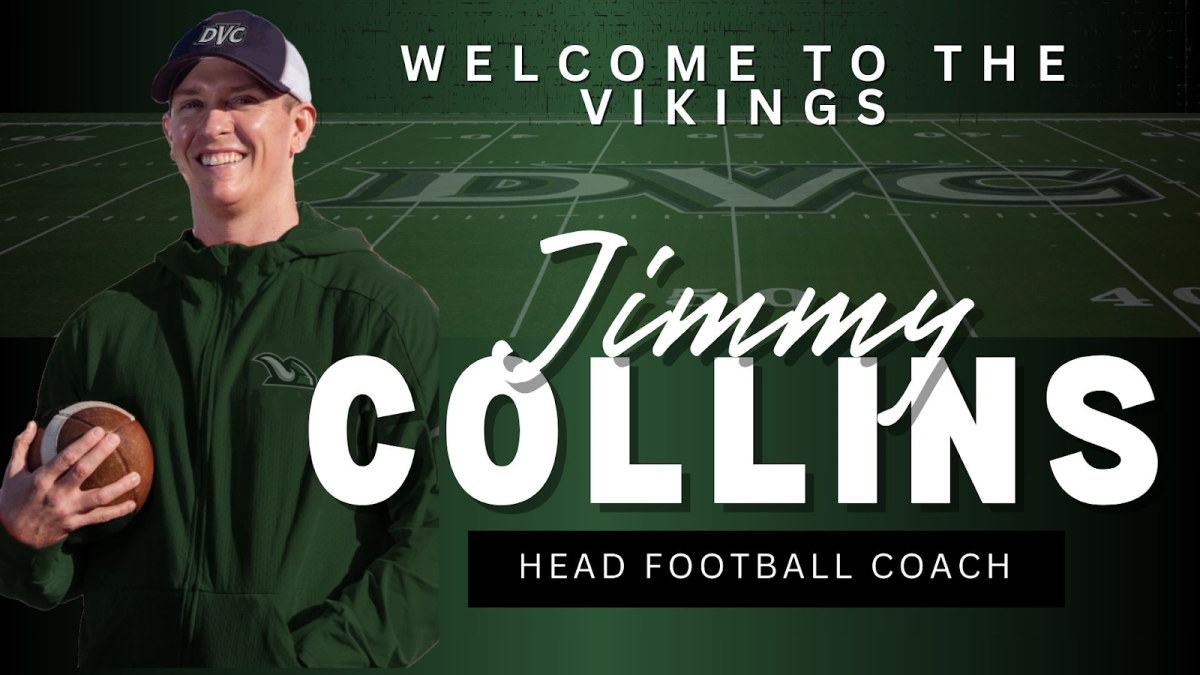
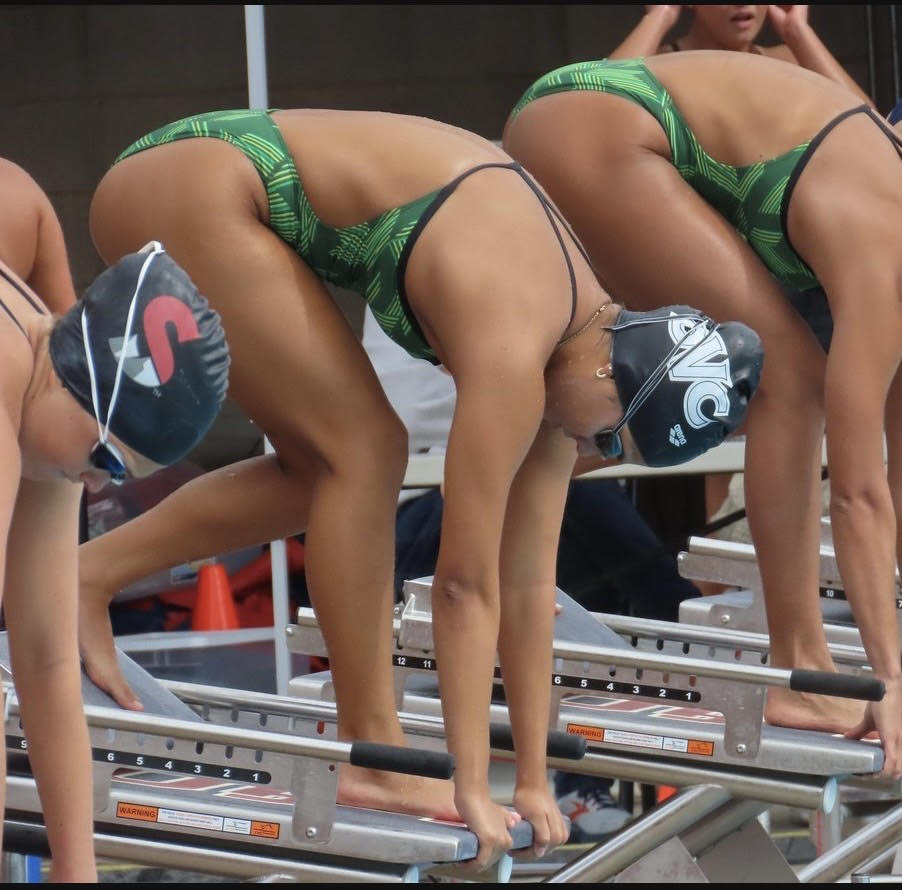
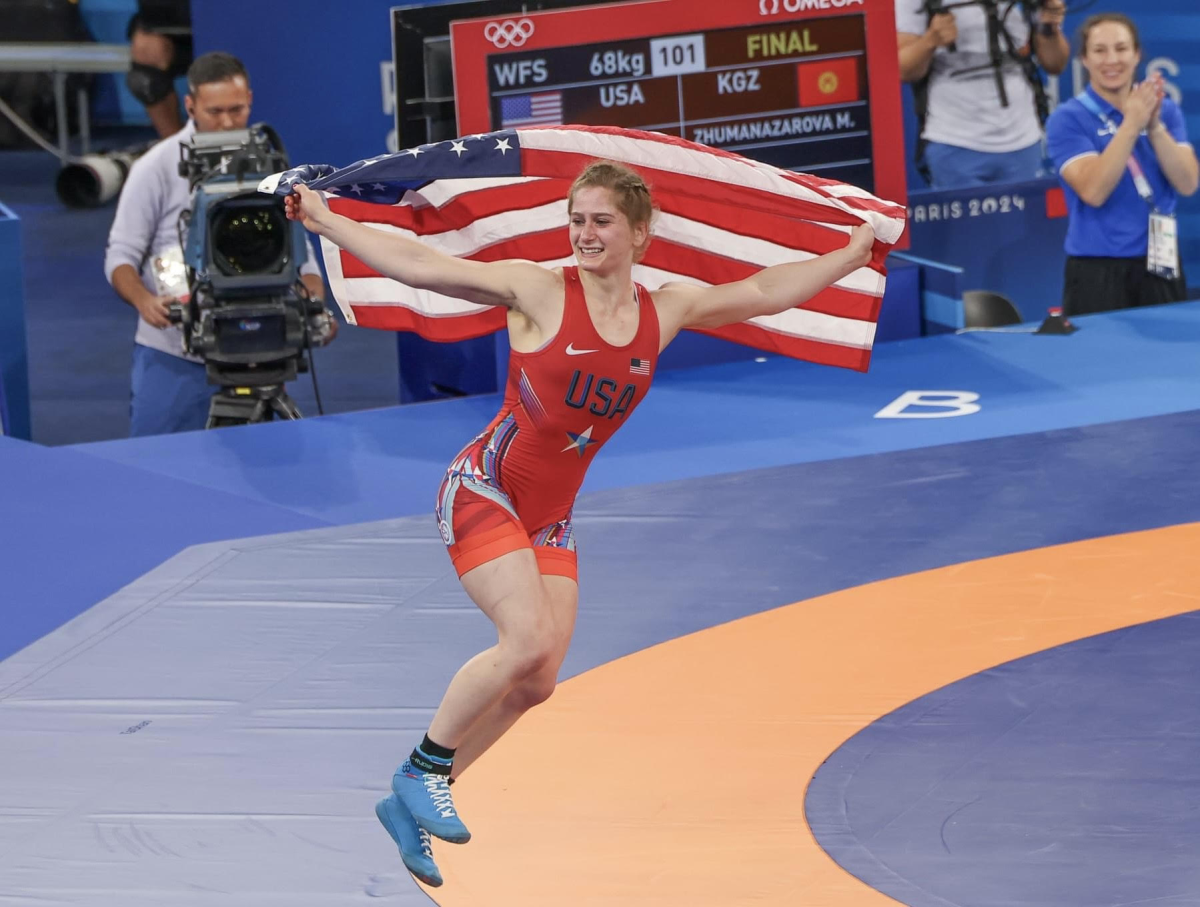
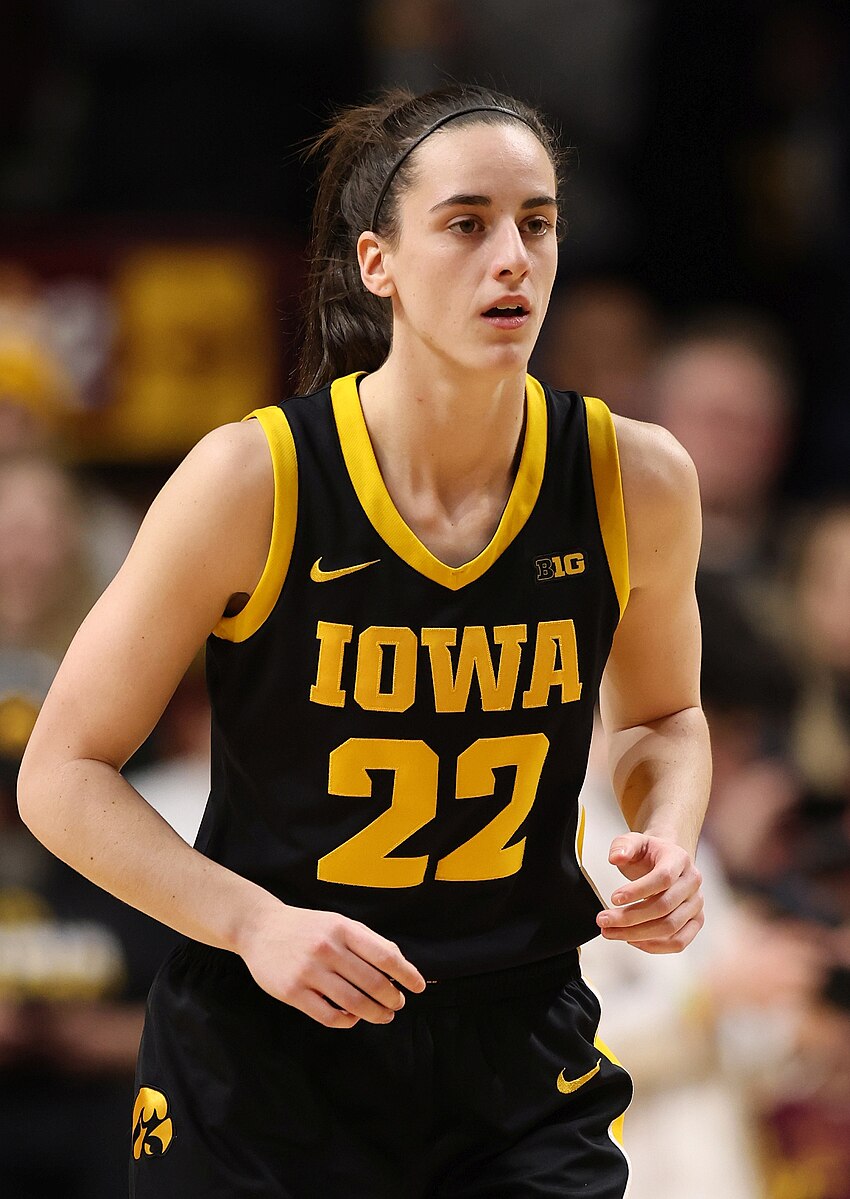
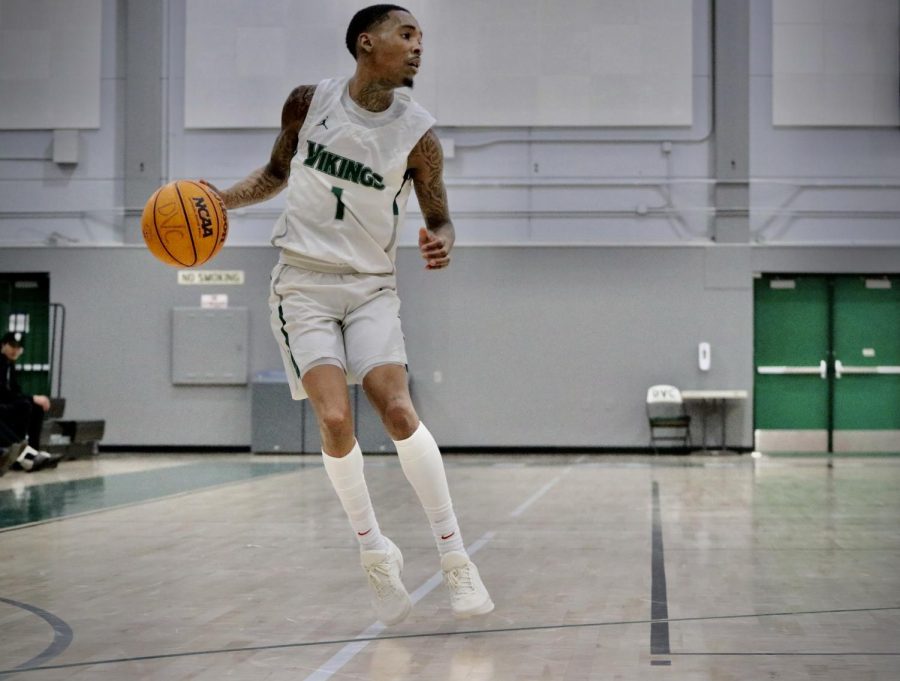




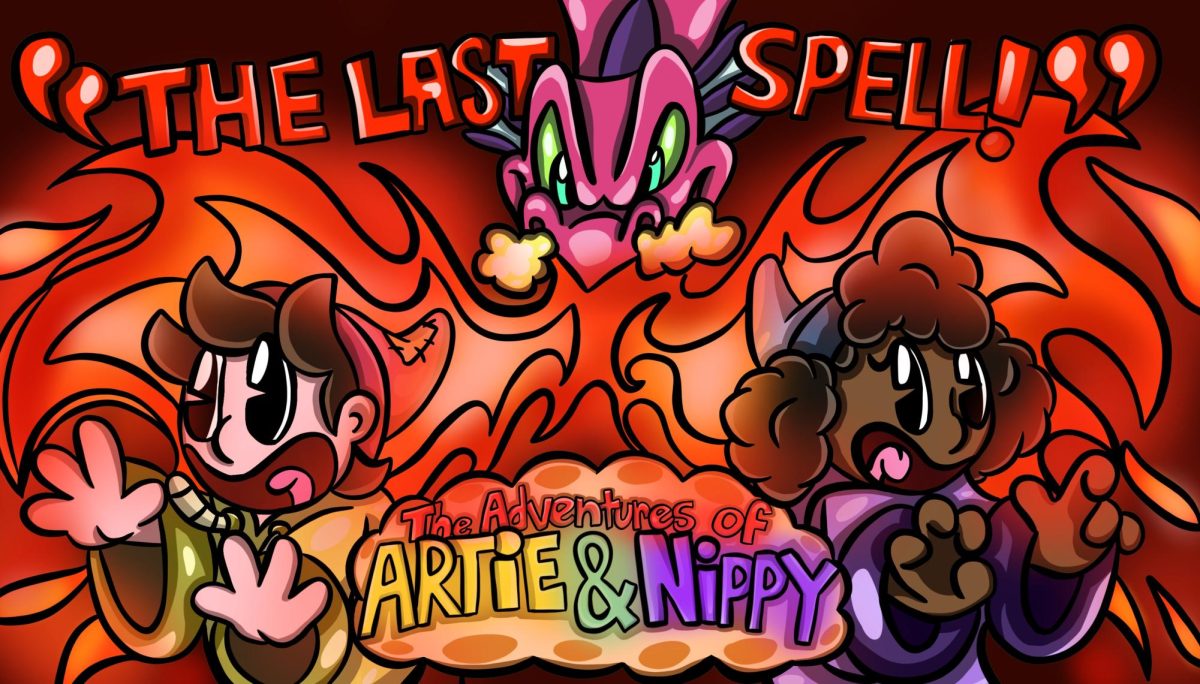
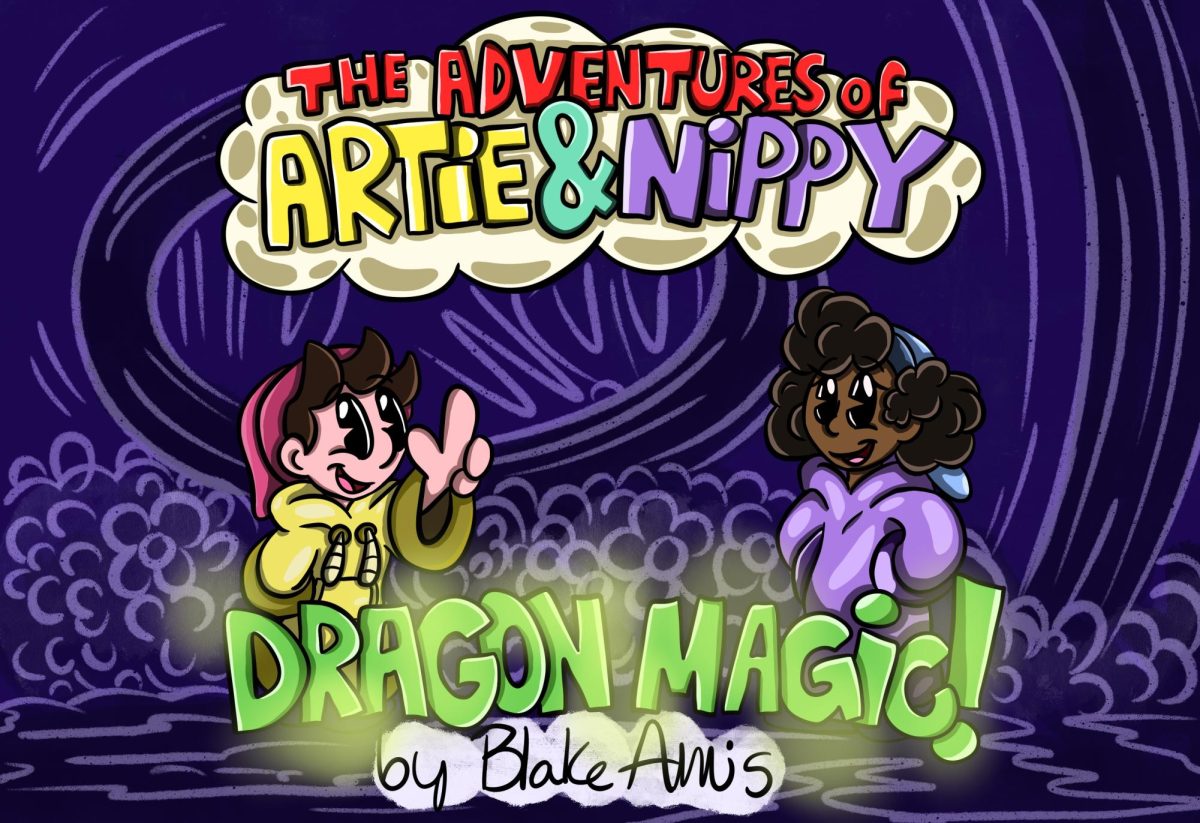
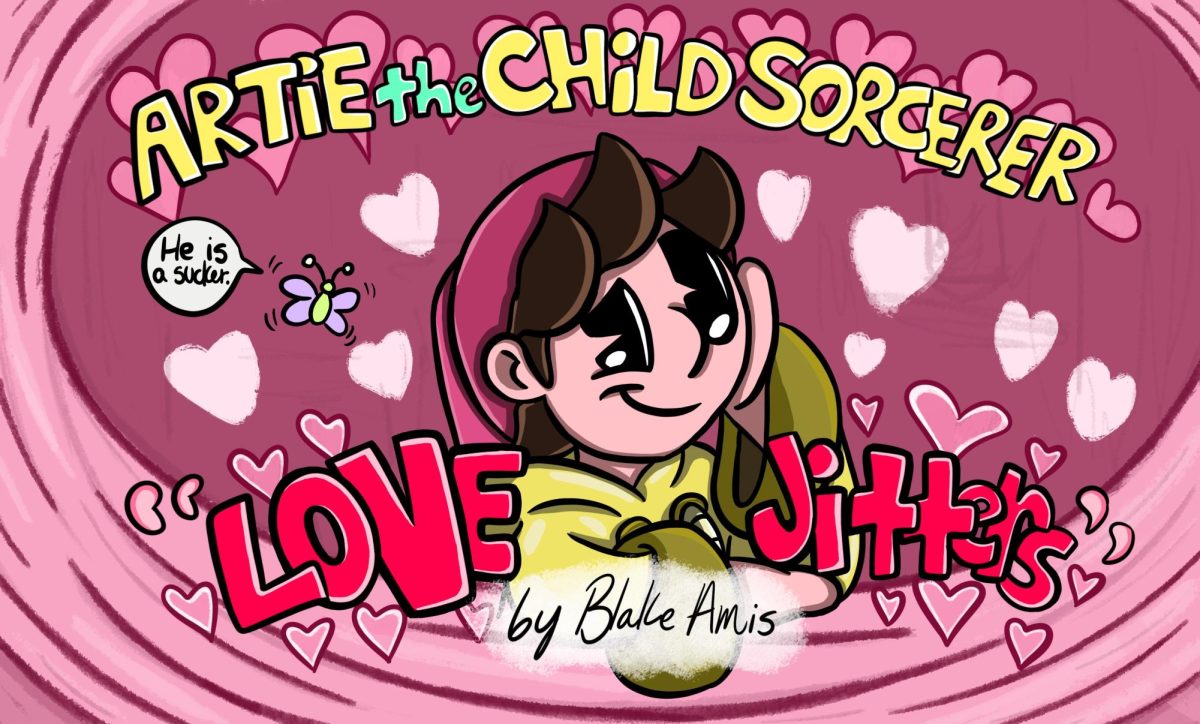
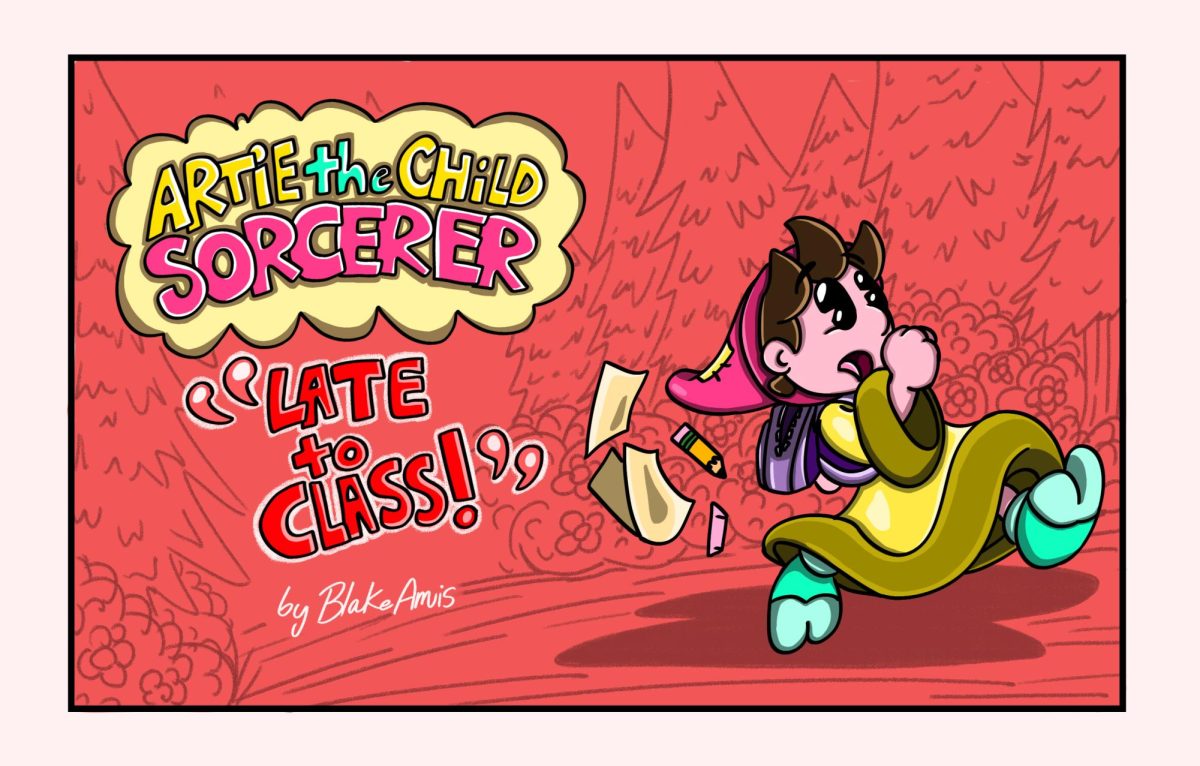
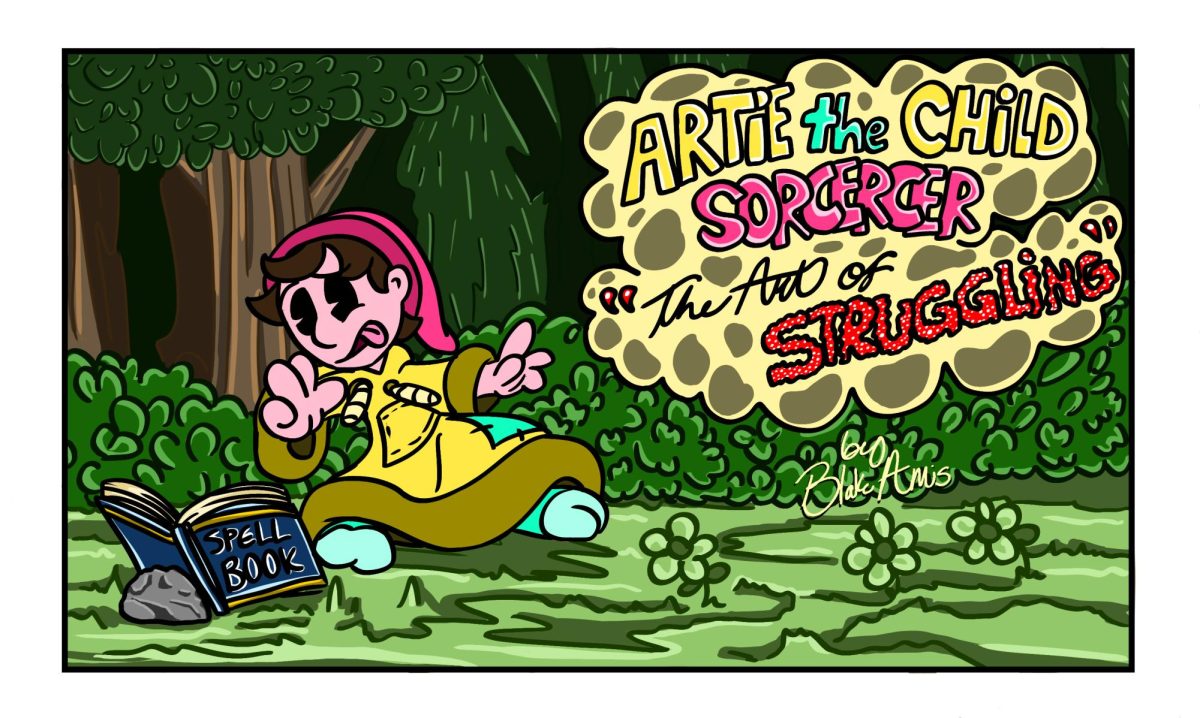

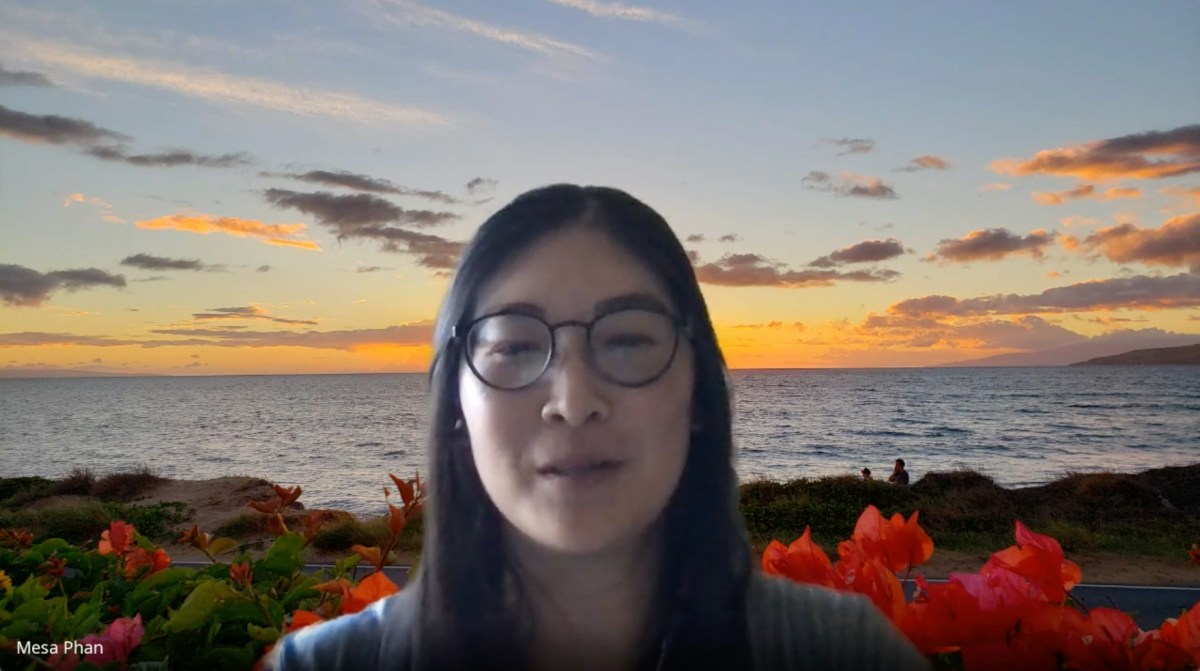
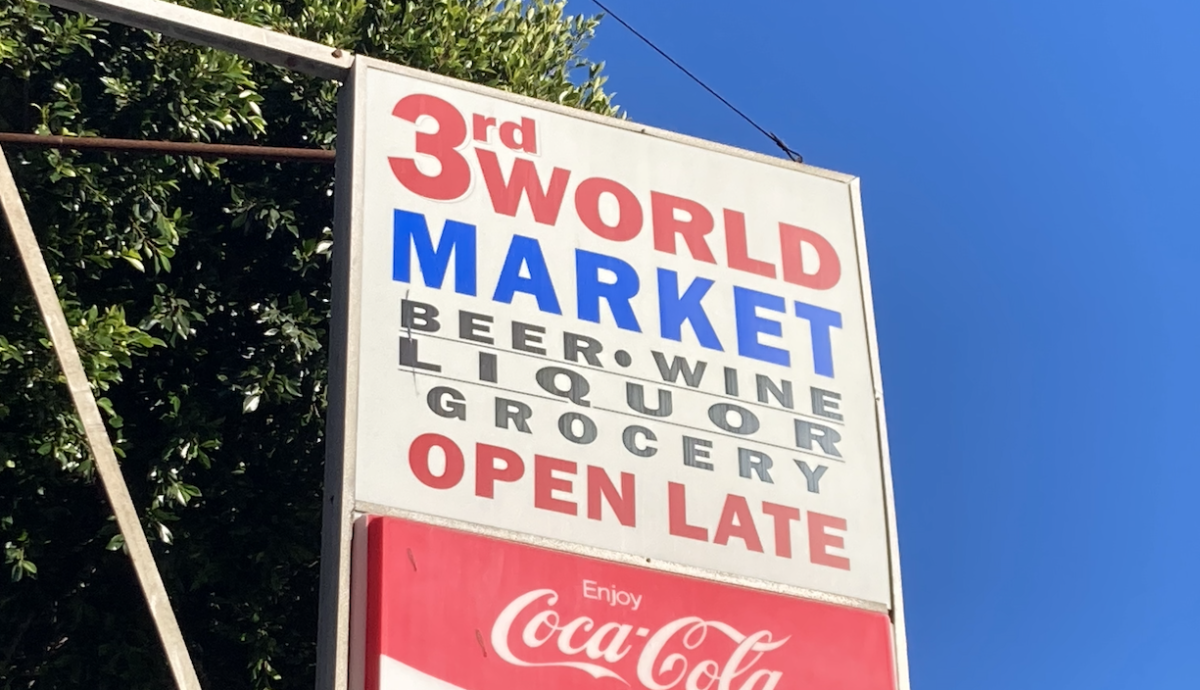
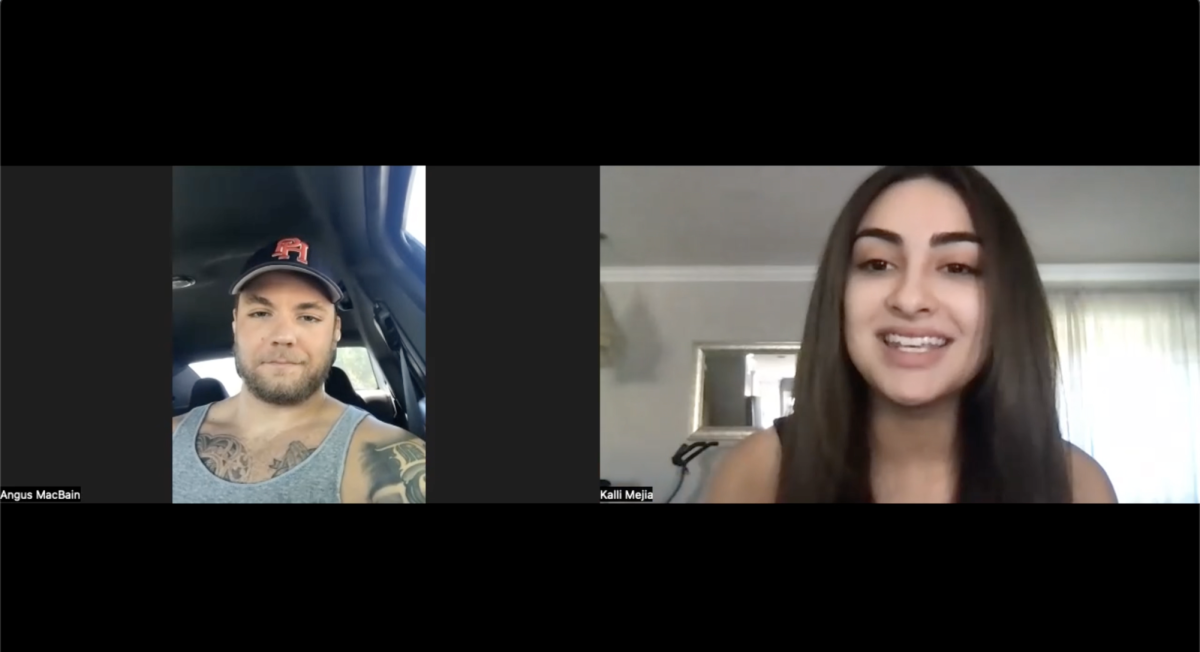
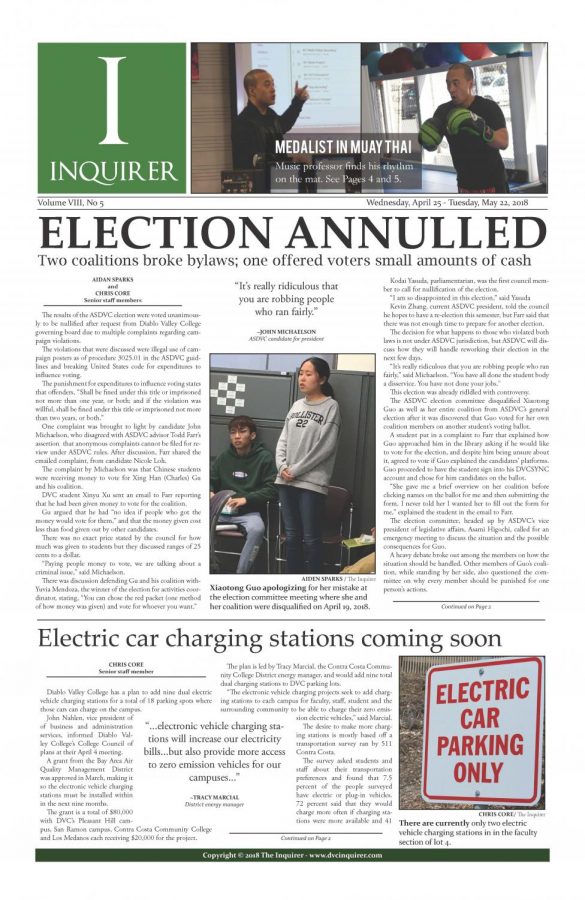
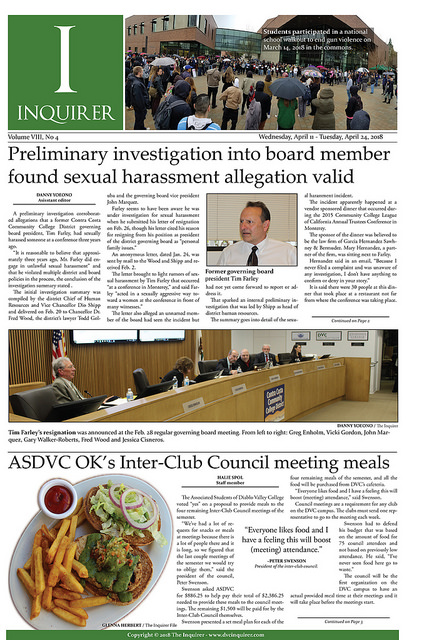


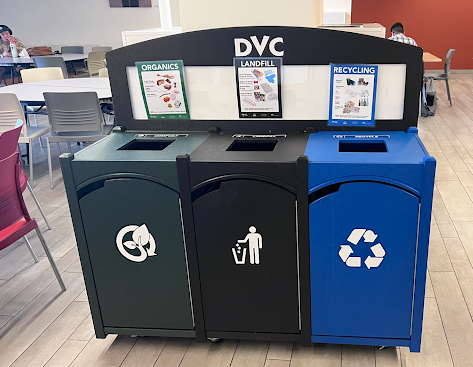
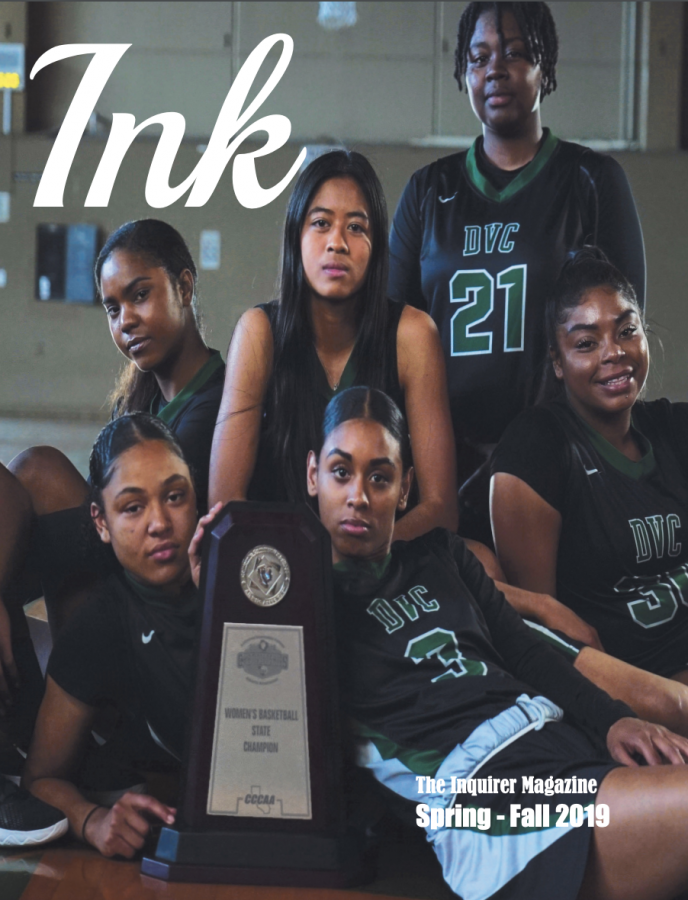
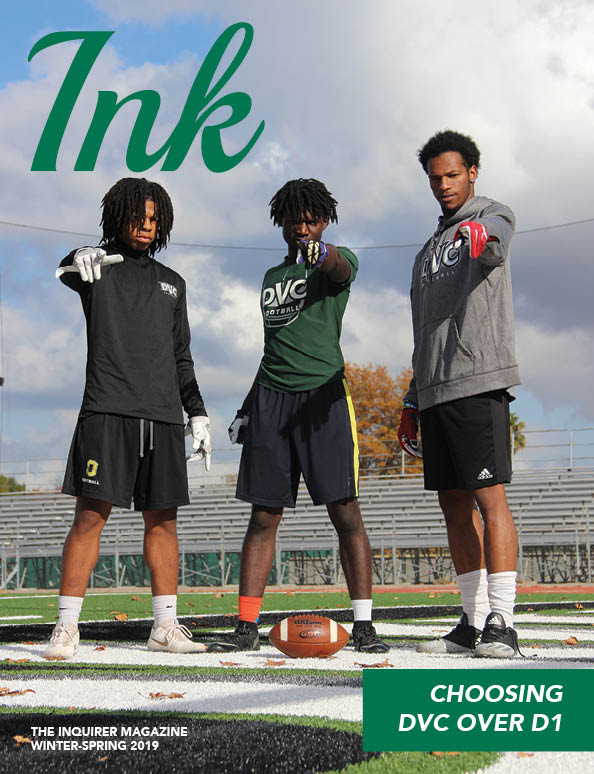
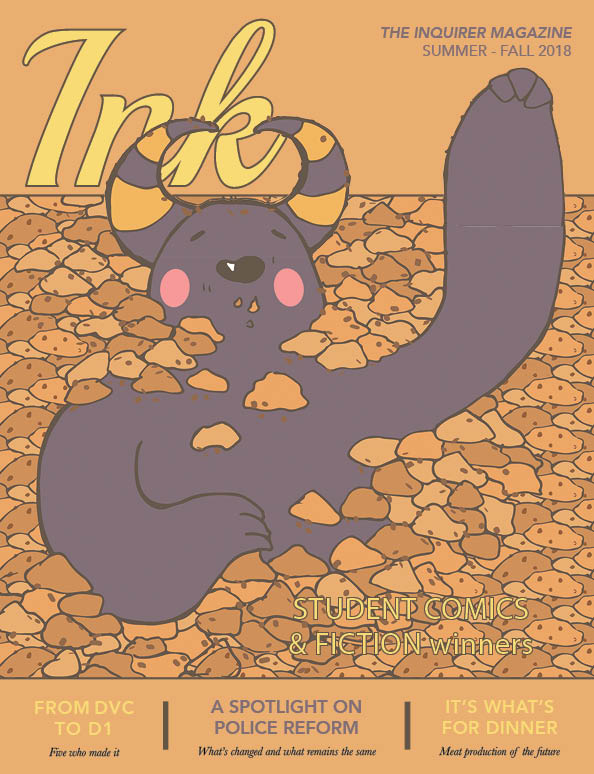
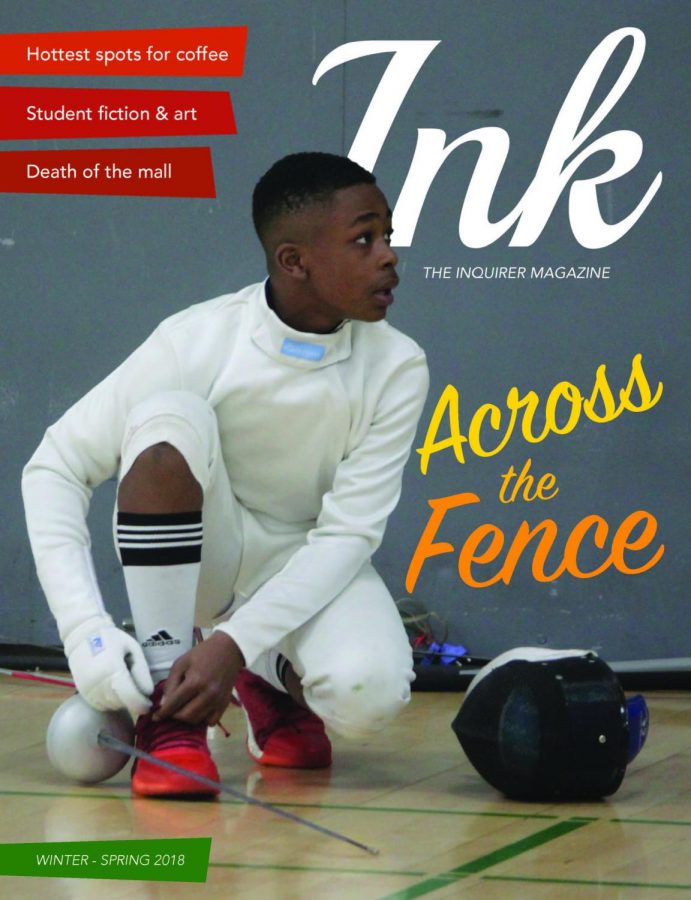
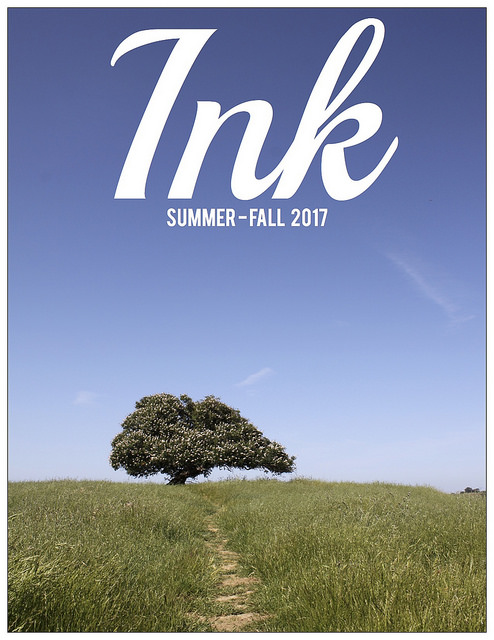

George Walton • Apr 30, 2025 at 2:06 pm
What a great commentary. I attended DVC my second year of college in 1973. It was a great school then and I am confident it still is. I was then drafted into the Army. Now that was a real fellowship experience. I went on to a bachelor’s degree, master’s degree and finally law degree. With your confidence and critical thinking and writing skills you are destined to become a success in all your endeavors. So proud of you Grandson. Grandpa George